The 2025 Bristol Audio Show turned out to be very interesting with several surprise product previews including FiiO’s Flagship FT7 Planar Magnetic Headphones and WiiM’s Vibelink Integrated Amplifier. Music listeners were told at the show that the new Rega Brio MK7 Integrated Amplifier would not be available until Q3 2025 — but leave it to our friends at Rega to make it available this month. You’re allowed to smile. Even audiophiles.
The competition is hoping that this comes in above $1,000 USD — but we still think anyone looking for a new integrated amplifier as the foundation of a system under $3,000 needs to put this on the audition list.
Rega is well-known for its turntables, phono stages, and cartridges, but also offers high quality amplifiers as well. When Team Rega pulled back the cover on the new Brio MK7, British audiophiles swooned as this was the first revision of the best-selling integrated amplifier in over 5 years.
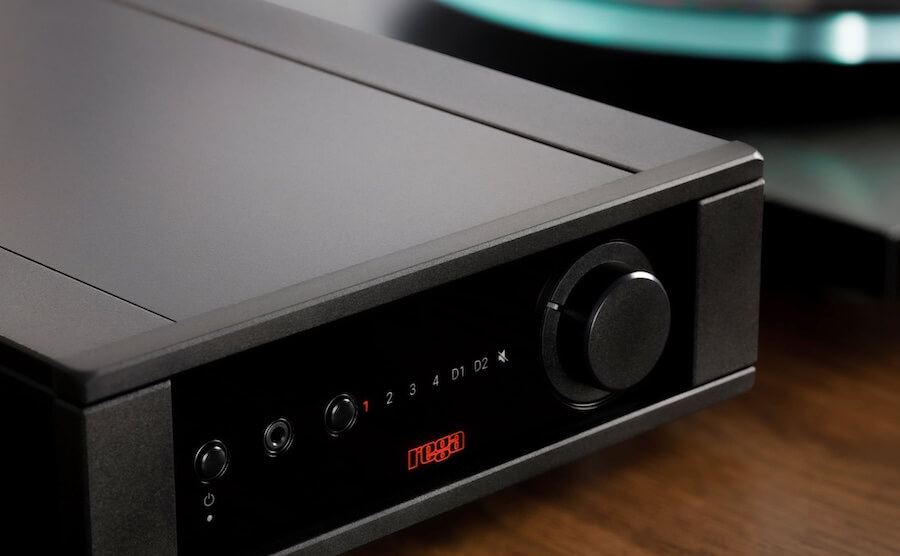
Starting with the basics, the Brio MK7 is a two-channel integrated amp that outputs a modest 50-watt watts per channel (50 W into 8 Ohms & 72 W into 6 Ohms). It has three RCA line-level inputs, an MM phono input, and a headphone output.
Key improvements have been made across the circuit. The PCB layout has been fully upgraded to handle higher specifications for all critical parts. A second raw power supply is implemented to provide further isolation between output stage and the driver stage/line and phono amplifiers. This improves the isolation between high and low level signal stages of the amplifier.
New King. New Amplifier. New DAC
However, something new has been added. For the first time, the Brio line will include an internal DAC complemented by both digital optical and digital coaxial audio inputs. To address the “fears” of analog audio purists, Rega claims it revamped the Mk7’s internal circuity to address concerns over digital/analog interference issues.
The DAC supports up to 24-bit/192kHz PCM. There is no support for DSD or MQA.
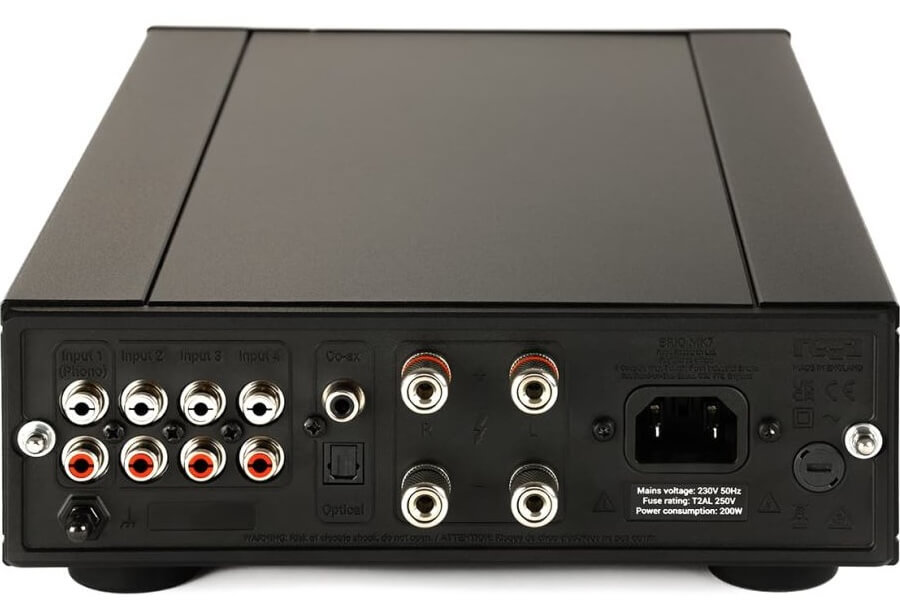
This brings a new touch to the Brio line as previous models have been all analog. The Brio MK7 now joins Rega’s Elicit Mk5 (2022) and Elex Mk4 (2023) with a mix of both analog and digital connectivity.
What makes the new Rega Brio MK7 rather interesting is that it appears from the images we have seen so far, the new design is slightly deeper to accommodate the new DAC and that the front panel shares more in common with the entry-level io than the more expensive models in the range.
The Rega Brio MK7 is still rather compact at 216 x 79 x 365mm (8.5″ W x 3.1″ H x 14.4″ D) and weighs 10.8 pounds.
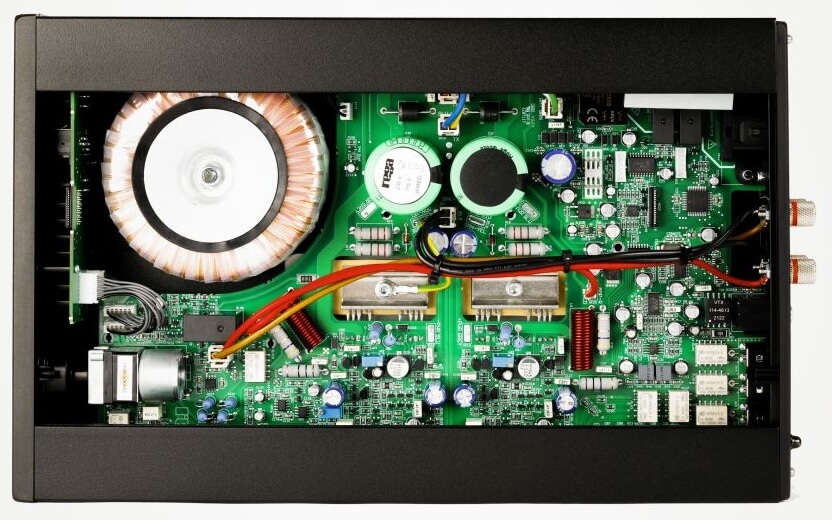
Rega has managed to keep the pricing of the Brio MK7 at £799 which is fantastic news for those who were considering something from perhaps Cambridge Audio or Rotel at the same price point.
The previous iteration of the Brio was one of our favorite integrated amplifiers below $1,000 prior to the pandemic and if the new model offers superior sonic performance and a DAC that can work well with inexpensive network streamers — this could be one of the best bargains of 2025.
We already know that the phono section will be solid based on Rega’s existing phono preamplifiers so definitely keep this one on your list.
Comparison
| IO | MK7 | ELEX MK4 | |
| $825 | $1,095 | $1,895 | |
| Power Output | 30 W per channel into 8 Ω | 50 W per channel into 8 Ω | 72 W per channel into 8 Ω |
| N/A | 73 W per channel into 6 Ω | 90 W per channel into 6 Ω | |
| Power Consumption | 135 W | 200 W | 250 W |
| Analog Inputs | 1 x Phono input, 2 x Line inputs | 1 x Phono input, 3 x Line level inputs | 1 x Phono input, 4 x Line inputs |
| Digital Inputs | – | S/PDIF Isolated 0.5V 75Ω Co-axial | S/PDIF Isolated 0.5V 75Ω Co-axial |
| – | S/PDIF Optical Toslink | S/PDIF Optical Toslink | |
| Supported sampling rates | – | 32, 44.1, 48, 88.2, 96, 176.4, 192kHz | 32, 44.1, 48, 88.2, 96, 176.4, 192kHz |
| THD+Noise (A-weighted) | – | Typically 0.005% at 1kHz | Typically 0.004% at 1kHz |
| Dimensions (W x H x D) | 180 x 68 x 290 mm | 216 x 79 x 365 mm (8.5 x 3.1 x 14.4 in) | 432 x 82 x 340 mm |
| Weight | 2.9kg | 4.9kg (10.8lbs) | 11kg |
The Bottom Line
Based on the level of interest, it would appear that Rega might sell a few Brio MK7s when it goes on sale this month. The original Brio wasn’t the most powerful integrated amplifier on the market, but it delivered music with the typical Rega swagger that helped them sell a few hundred thousand turntables over the past 5 decades. The addition of two digital inputs that support 24-bit/192kHz PCM feels like the right move — but we think it also raises a few questions.
Why only support 24-bit/192kHz PCM? We can understand not getting behind DSD or MQA because the market for both of those formats is very small, but audiophiles are likely to have some PCM files that go every further.
Rega does not offer its own network player or streamer so any prospective buyers will be using their own — and those are likely to use DACs that support 32-bit/384kHz PCM and DSD. The Brio MK7’s internal DAC doesn’t play in that sandbox so buyers will be using the analog output on the streamer and analog input on the amplifier at the end of the day. Will they use the digital inputs for TV sound or older CD players? We shall see. And where is the USB digital input?
In the world of integrated amps, some models are outrageously expensive, such as the recently announced Burmester 232, but there is a lot of competition in the mid-to-low price range, such as the WiiM Vibelink which was also showing at the Bristol Hi-Fi Show.
Assuming that Rega is able to keep the Brio MK7 under $1,000 (or damn near close to it), the British amplifier is going to be a huge pain in the tuchas for Cambridge Audio, NAD, Rotel, and even WiiM Audio and great for those looking for a Class A/B integrated amplifier with a high quality phono stage, DAC, and above average headphone amplifier.
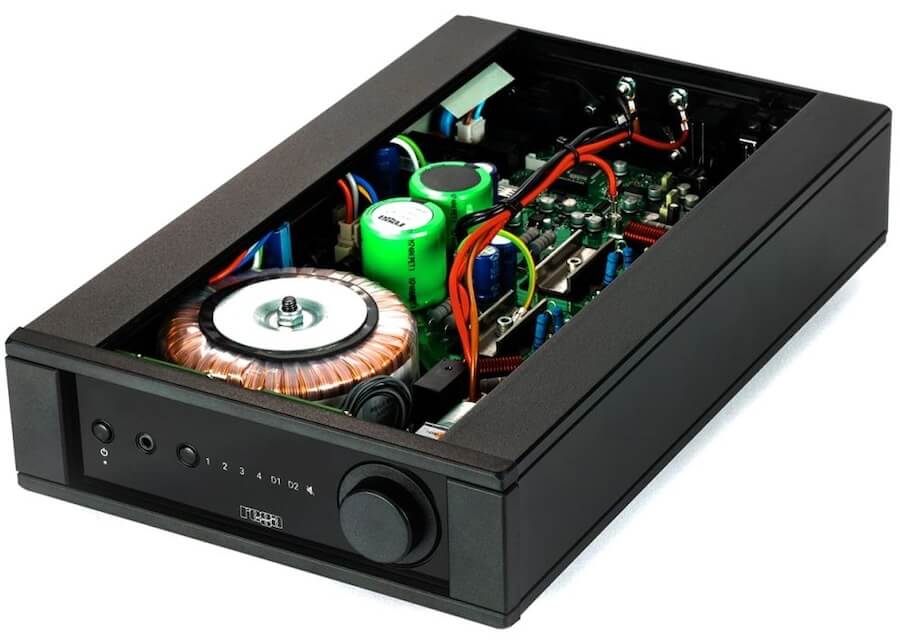
Price & Availability
The Rega Brio MK7 is priced at $1,095 USD or £799 in the UK. Find it through Authorized Distributors and Dealers.
Related Reading

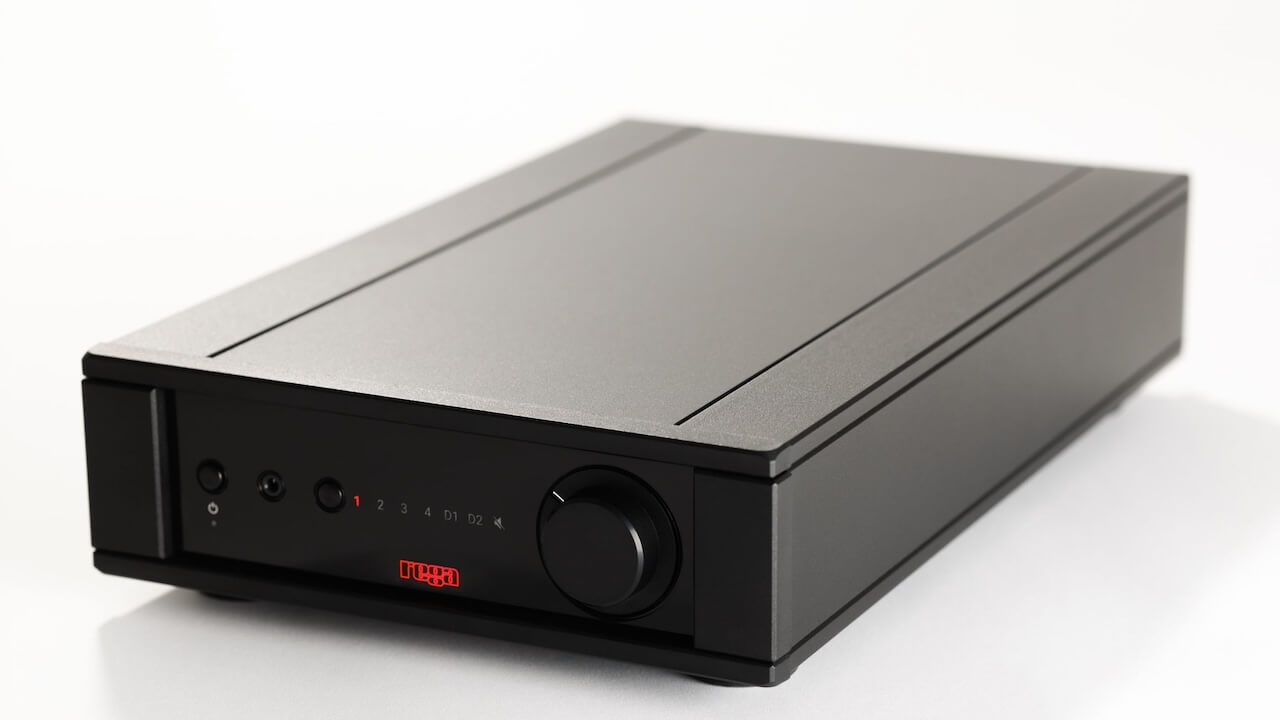

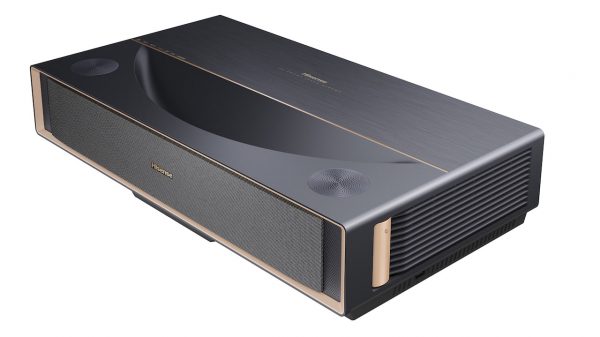




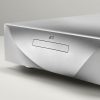
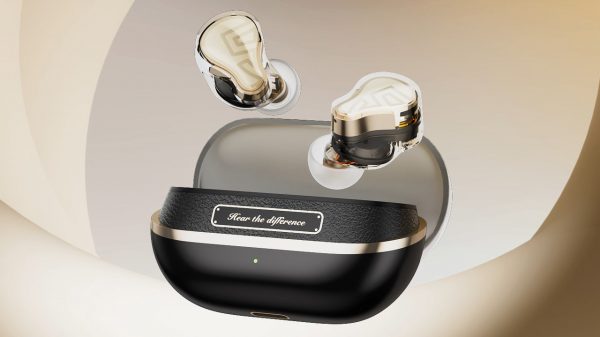
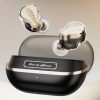
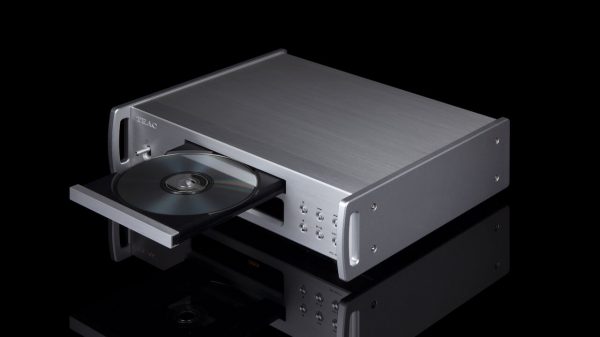

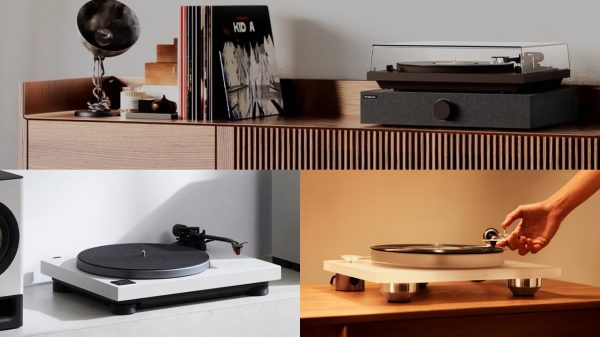






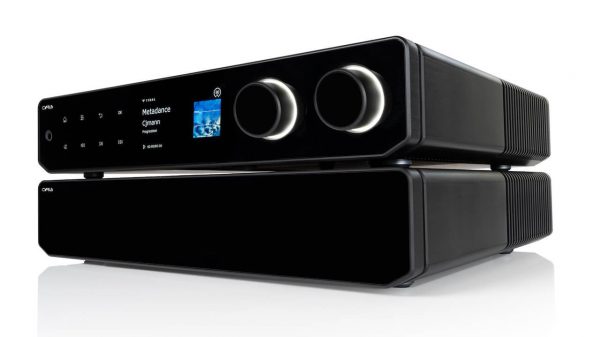
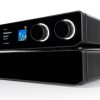

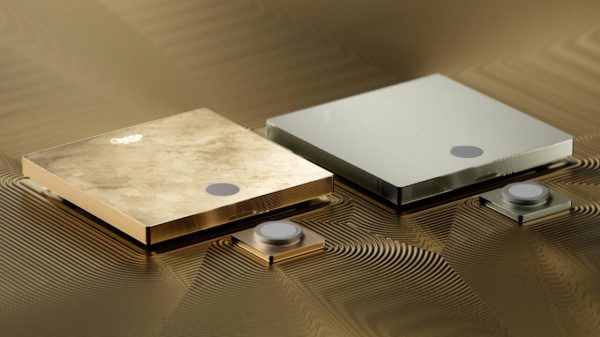
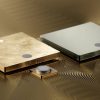
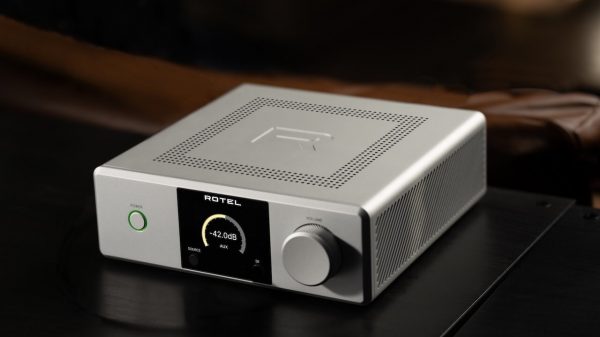
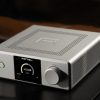













Anton
March 19, 2025 at 11:17 am
Hmmm…
This feels like a mix of the older io and some elements of the newer models.
Is the front panel plastic or glass?
Adding a DAC makes sense, but why limit it to 24-bit/192kHz PCM when any prospective streamer you might connect will offer 32-bit /384kHz PCM and DSD?
The power output feels on the lower end and will this amplifier struggle with 4 Ohm loads?
Mac
March 20, 2025 at 3:19 pm
All that is good but the remote does not control volume,that makes no sense
Ian White
March 20, 2025 at 4:06 pm
Mac,
The documentation that Rega sent me does indicate that the remote does have a volume control (it’s apparently compatible with other Rega products — current and forthcoming) and I can’t imagine releasing a remote control that does not offer that feature. Their manual for the MK7 has a page dedicated to the new mini remote and it has a set of volume controls in the middle of the handset next to the Mute button.
IW